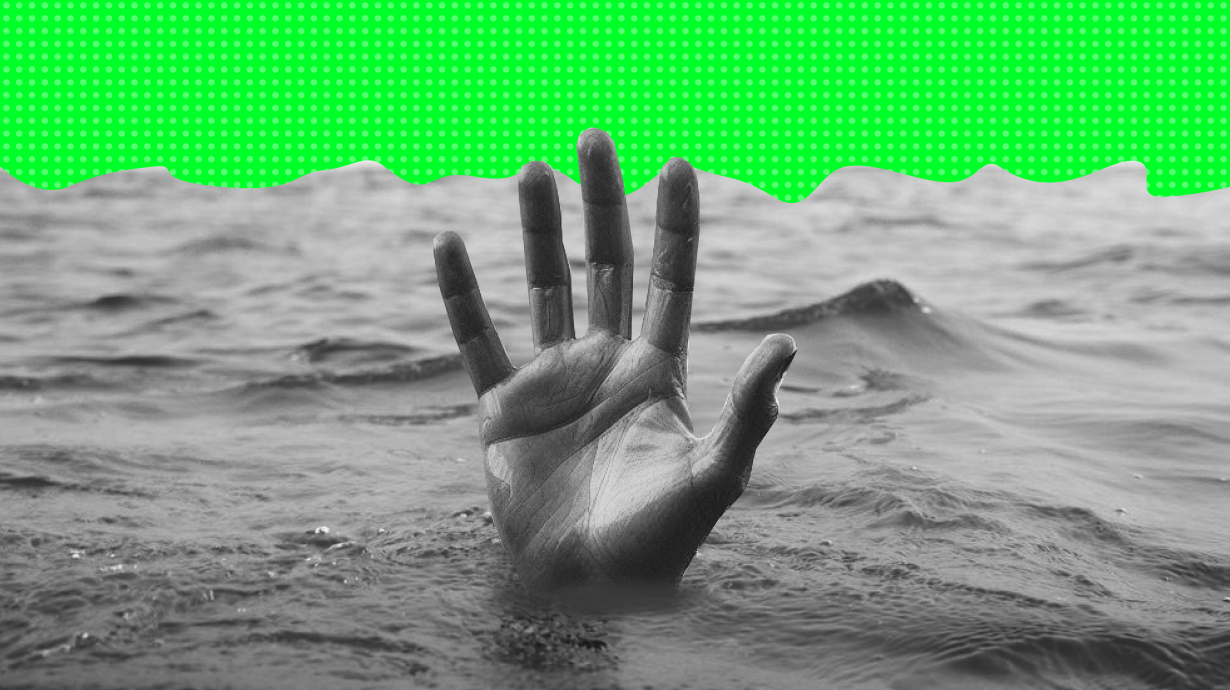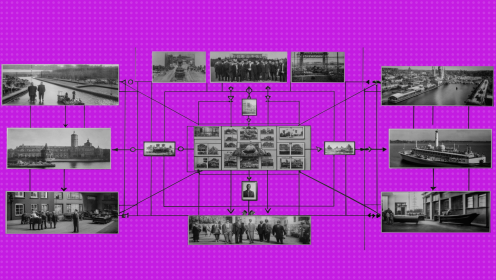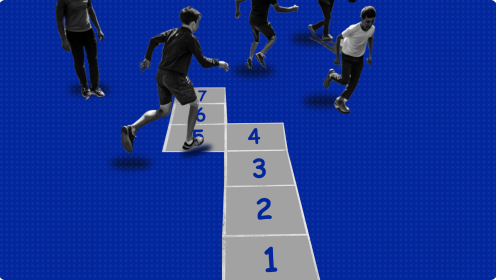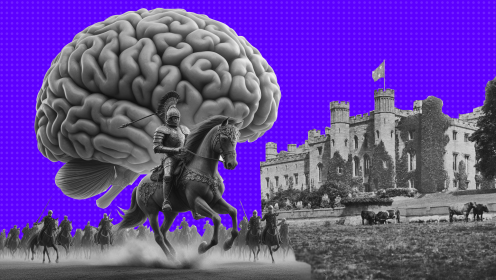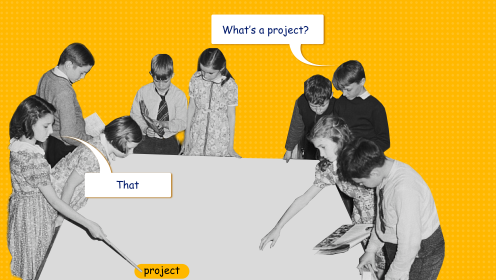They say that when a person has a lot of tasks, he works better. But recently, my workload on projects has increased dramatically, there are more tasks, but my performance has decreased.
The fact is that with all the evolutionary superiority of man as a species, our capabilities are quite limited. There are especially a lot of restrictions in our head. And one of the most serious is the bandwidth of our brain. It seems to us that we are all so smart-reasonable, we can do a bunch of things at the same time, solve tasks in parallel, process huge amounts of information, but this is not so.
In one of the previous articles, we drew an analogy between the brain and a computer — both there and there there is something like RAM, which solves most everyday tasks. It cannot be increased, therefore, at a certain moment, when there are too many tasks, we get lost, jump between tasks, take on the simplest things (they are easier to do, which means it is easier to get dopamine - the hormone of joy), and we postpone complex and important ones for later. The only way to resolve the situation is to learn how to optimize work with RAM. I like to approach problems systematically, so I decided to study GTD.
What is GTD
GTD (or Getting Things Done) literally translates as "bringing things to completion". This is a task management technique that business coach David Allen described about 20 years ago in the book of the same name. GTD helps to free the brain, systematize all thoughts and tasks, distribute them into segments, focus on the relevant and important, and temporarily forget about the unimportant.
The main principles of GTD
The key idea of GTD is to store as much information as possible outside the head (thus unloading the brain) and regularly review and update the list of unfinished business. To do this, you need to adhere to several principles, without which GTD is basically impossible.
Write everything down
To relieve the brain, you need to record all thoughts and tasks on some medium. It can be anything from stickers to notes in the phone. The main thing is that there should be one carrier so that you don't have to think about where you have what written down there. This is the place where you will drop off all new tasks, called Inbox (or "Inbox").
Choose what's easier
It is necessary to fix thoughts and tasks in the most convenient way. It's easier for someone to use stickers or a diary, and for someone to write everything out in a task manager (by the way, WEEEK is ideal for this). Find a format that is convenient for you.
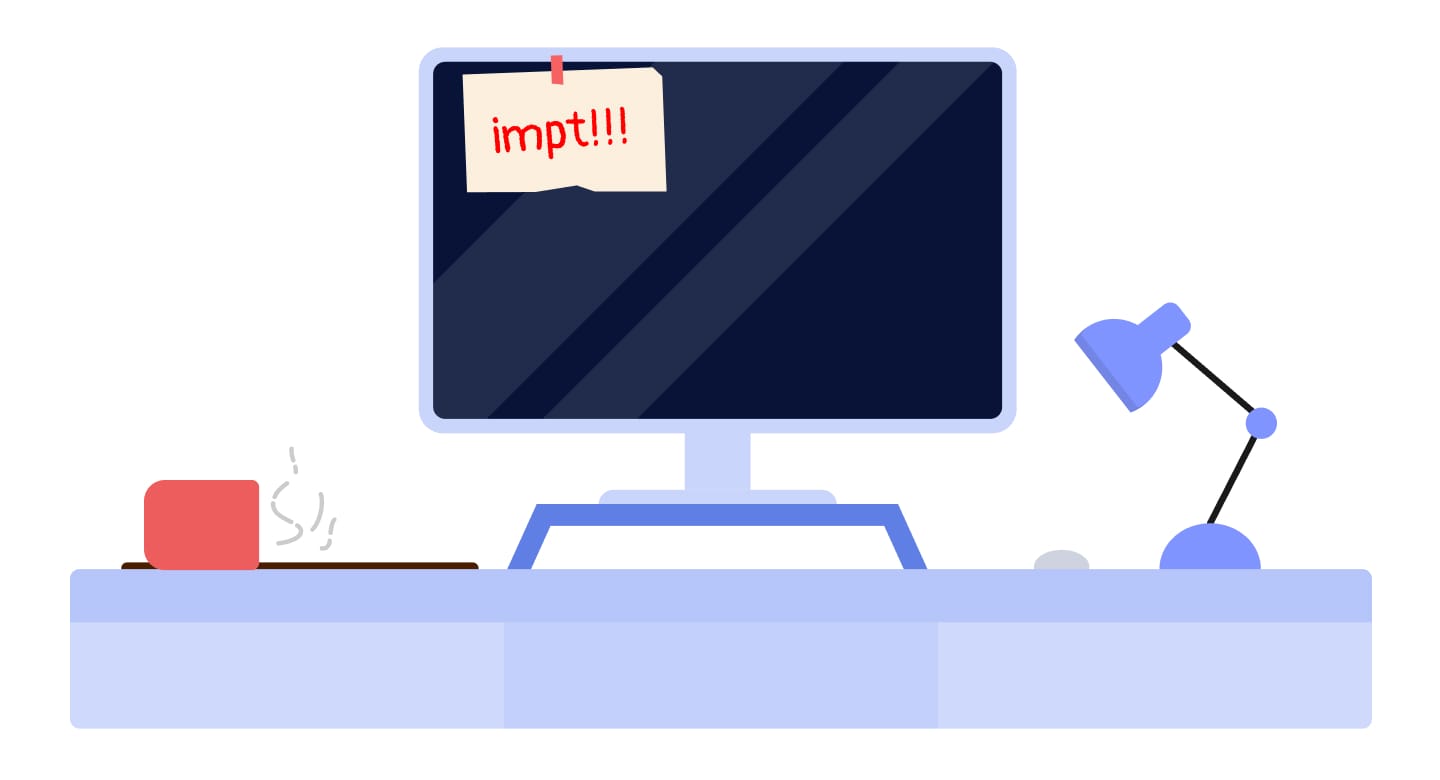
Discipline is important
As soon as a task appears, immediately drop it in Inbox, do not postpone it for later — you will forget. Then you will disassemble Inbox and distribute tasks by lists, days and weeks. All this requires discipline. At first I suffered a lot — it was unusual to write everything out regularly. But I got involved.
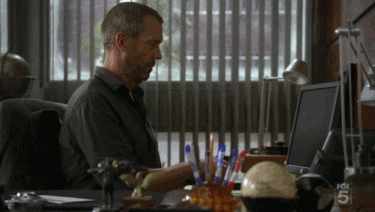
Lists, lists, lists
One of the important components of GTD is the task lists. There can be a lot of them, depending on what you are doing (Inbox, by the way, is also essentially a list). But first, you can distinguish two main ones — "Priority actions" and "Someday". You will transfer important and urgent tasks to the first list from Inbox, and unimportant and non—urgent tasks to the second (use the Eisenhower matrix to determine which tasks need to be transferred to where). Then you can divide these large lists into smaller ones, according to the context. Tasks in the lists need to be constantly reviewed — to get rid of unnecessary ones, and to increase the priority necessary.
Don't be torn between tasks
Keep your mind clear and don't shake your nervous system by being torn between several things at the same time. Highlight the highest priority tasks and solve one at a time.
Add documents
To complete tasks, you may need important related information: documents, links, etc. It should also be recorded together with the tasks, preferably on the same medium, so that it is easier to return to it quickly. That is why task managers are best suited for GTD.
How to work according to the GTD methodology
At first glance, GTD may seem like a confusing technique, but it's not. In fact, all work with tasks takes place in two stages:
1. Collection
First, write out all the thoughts and tasks in Inbox When you have several projects and deadlines are burning everywhere, it's difficult to remember everything and solve it consistently. GTD will help you approach the work process more systematically and without unnecessary nerves.
If you are just starting work on GTD, the collection stage will eat up a lot of time (you will have to write out everything-everything that has accumulated by this point). But then it will be easier — just write out everything important that comes to mind during the day.
2. Processing
During the day, periodically disassemble Inbox — at the end of the day it should be empty, otherwise, sooner or later, you will lose control over the flow of tasks. Analyze the tasks and highlight the priorities that need to be completed in the near future. To do this, answer the following questions for each task:
- What is this task?
- How to solve it?
- How long will it take?
Answers to the questions will help to divide all tasks into segments:
- tasks that take less than two minutes can be done immediately ("Reply to such and such a letter", etc.);
- tasks that take a lot of time, you need to try to delegate to someone;
- tasks that require a lot of time, but which cannot be delegated to anyone, need to be postponed.
To sort tasks, you can use this scheme:
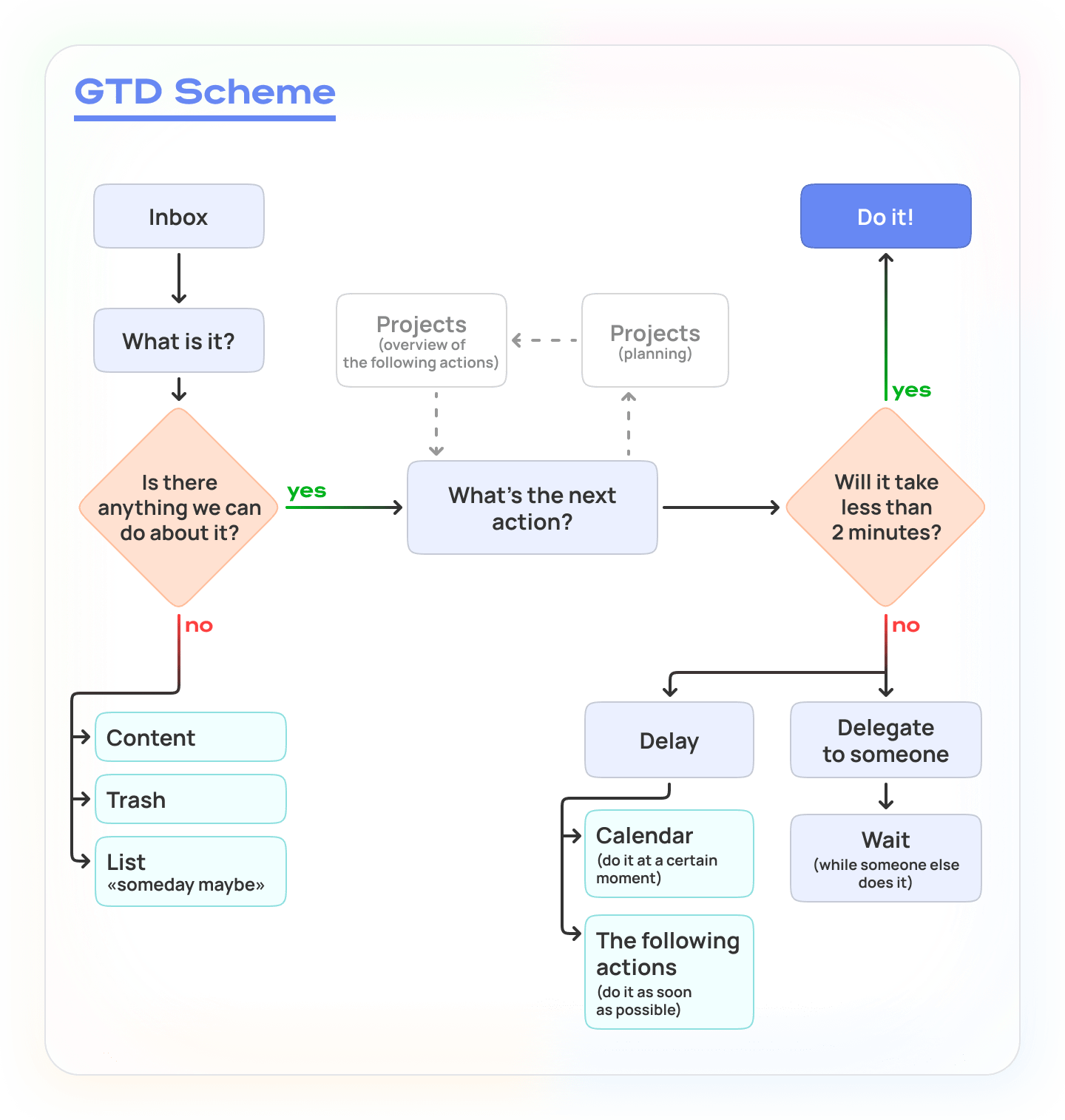
When you answer the questions and divide the tasks by priority (you scatter them according to the lists of "Priority" and "Someday" or delegate them to someone), you can also divide them by context — which tasks can be solved at home, which in the office, and which when meeting with friends, and so on.
Many tasks will have deadlines, at least approximate ones. If you use a task manager, specify the deadlines for the tasks. Otherwise, you can use the calendar to write out tasks there at the processing stage. Both methods will allow you to further unload the brain, and not to remember all the dates and be afraid to miss something.
For me, GTD is not just a method for solving problems and scheduling. This is a lifestyle when you never worry about unfulfilled tasks, traumatizing the psyche — everything is measured and consistent here, you think only about the most important things and never forget about any deadlines, because you have "all the moves recorded".
And this is the coolest thing!








